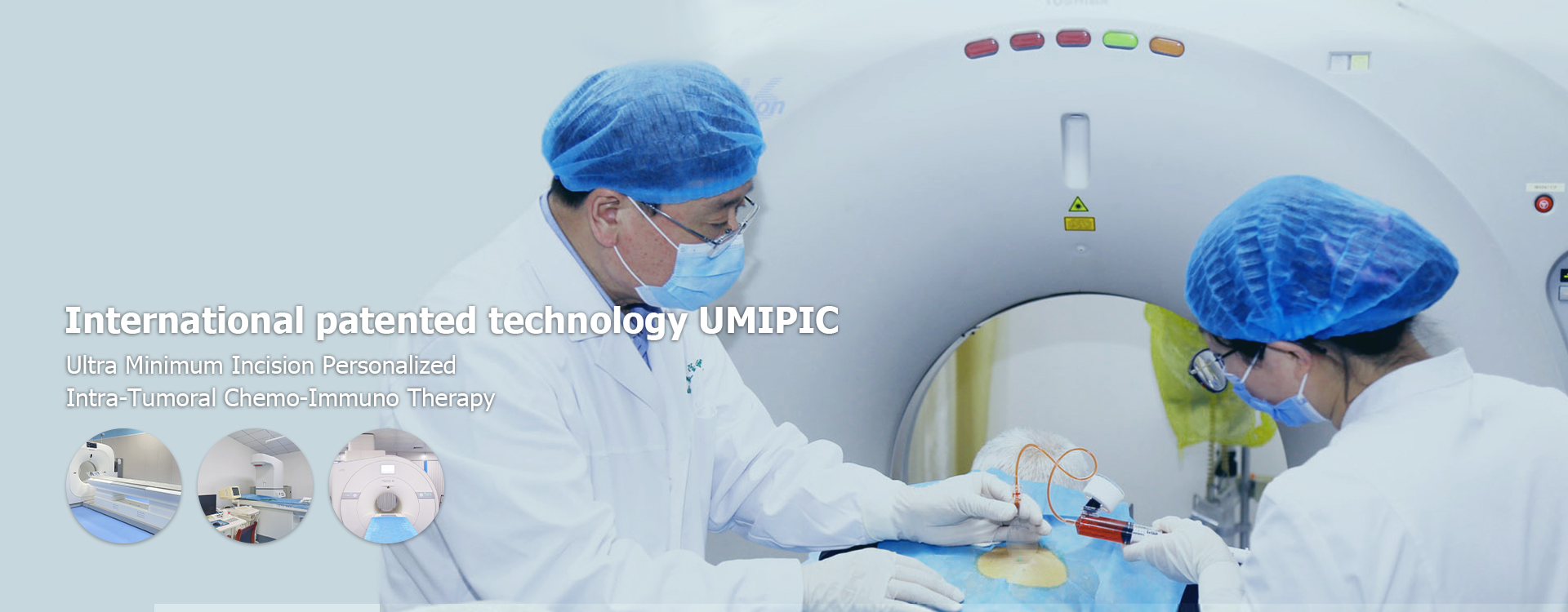
treatment liver tumor
Treatment of Liver Tumors: A Comprehensive GuideUnderstanding Liver Tumors: Types, Diagnosis, and Treatment OptionsThis article provides a comprehensive overview of liver tumors, covering various types, diagnostic methods, and treatment options. We explore the latest advancements in treatment liver tumor, emphasizing the importance of early detection and personalized care. Information presented here is for educational purposes and should not substitute professional medical advice. Always consult with a healthcare provider for any health concerns.
Types of Liver Tumors
Liver tumors can be broadly classified as benign (non-cancerous) or malignant (cancerous). Benign liver tumors rarely spread to other parts of the body and often require no treatment, while malignant liver tumors, such as hepatocellular carcinoma (HCC) and cholangiocarcinoma, can be life-threatening if not addressed promptly.Benign Liver Tumors
Common benign liver tumors include hemangiomas, focal nodular hyperplasia (FNH), and adenomas. These are usually discovered incidentally during imaging tests for other reasons. Treatment is typically only necessary if symptoms arise or if the tumor grows significantly.Malignant Liver Tumors
Malignant liver tumors are more serious. Hepatocellular carcinoma (HCC) is the most common type of liver cancer, often associated with chronic liver diseases like cirrhosis. Cholangiocarcinoma originates in the bile ducts within the liver. Metastatic liver cancer refers to cancer that has spread from another part of the body to the liver.Diagnosing Liver Tumors
Accurate diagnosis of liver tumors is crucial for appropriate treatment planning. Several diagnostic methods are employed:Imaging Techniques
Ultrasound: A non-invasive imaging technique that uses sound waves to create images of the liver. Computed Tomography (CT) scan: Provides detailed cross-sectional images of the liver, helping to identify tumors and assess their size and location. Magnetic Resonance Imaging (MRI): Offers high-resolution images of the liver, useful for characterizing tumors and planning treatment. Angiography: A procedure that uses dye injected into blood vessels to visualize blood flow to the liver, helpful in identifying vascular tumors.Biopsy
A liver biopsy involves removing a small tissue sample for microscopic examination to confirm the diagnosis and determine the tumor's type and grade.Treatment Options for Liver Tumors
Treatment liver tumor options vary depending on the type, size, location, and stage of the tumor, as well as the patient's overall health. Common treatment approaches include:Surgery
Surgical resection involves removing the tumor and a margin of surrounding healthy liver tissue. This is often the preferred treatment for localized, resectable tumors. Liver transplantation may be an option for patients with advanced liver disease or extensive tumor involvement.Ablation Therapies
These techniques destroy the tumor cells without the need for major surgery. Radiofrequency ablation (RFA): Uses heat generated by radio waves to destroy tumor cells. Microwave ablation (MWA): Uses microwaves to heat and destroy tumor tissue. Cryoablation: Uses extreme cold to freeze and destroy tumor cells.Chemotherapy
Chemotherapy uses drugs to kill cancer cells. It may be used alone or in combination with other treatments.Targeted Therapy
Targeted therapies focus on specific molecules involved in tumor growth, minimizing damage to healthy cells.Radiation Therapy
Radiation therapy uses high-energy radiation to kill cancer cells. It may be used alone or in combination with other treatments. External beam radiation therapy and intra-arterial radiation therapy are some options.Embolization
Embolization involves blocking the blood supply to the tumor, causing it to shrink or die.Choosing the Right Treatment for Liver Tumors
The choice of treatment liver tumor depends on numerous factors. A multidisciplinary team of specialists, including oncologists, surgeons, radiologists, and other healthcare professionals, collaborates to develop a personalized treatment plan tailored to the individual patient's needs. This holistic approach ensures the best possible outcome. Early detection significantly improves treatment success rates. Regular screenings are recommended for individuals at high risk of developing liver tumors.Supportive Care
During and after treatment liver tumor, supportive care plays a vital role in managing symptoms, improving quality of life, and maintaining overall well-being. This may involve pain management, nutritional support, emotional counseling, and other therapies as needed.| Treatment Option | Description | Advantages | Disadvantages |
|---|---|---|---|
| Surgery | Removal of the tumor and surrounding tissue. | High cure rates for early-stage tumors. | Major surgery, potential complications. |
| Ablation | Destroying tumor cells using heat or cold. | Minimally invasive, quicker recovery. | May not be suitable for all tumor types or locations. |
| Chemotherapy | Using drugs to kill cancer cells. | Can shrink tumors, improve survival. | Side effects can be significant. |
For more information about liver cancer treatment and support, you can visit the National Cancer Institute website or contact the Shandong Baofa Cancer Research Institute for expert guidance.
Disclaimer: This information is for educational purposes only and should not be considered medical advice. Consult with a healthcare professional for any health concerns or before making any decisions related to your health or treatment.
Related products
Related products
Best selling products
Best selling products-
 Andress, a 9-year-old boy from the United States
Andress, a 9-year-old boy from the United States -
 Mark, a prostate cancer bone metastasis patient from the United States
Mark, a prostate cancer bone metastasis patient from the United States -
 Famous American female painter Muriel
Famous American female painter Muriel -
 Anthony, lymphocytic cancer patient from the United States 24
Anthony, lymphocytic cancer patient from the United States 24 -
 PAT, rectal cancer patient from the United States
PAT, rectal cancer patient from the United States -
 Nell Smith, a throat cancer patient from Switzerland
Nell Smith, a throat cancer patient from Switzerland
Related search
Related search- symptoms of kidney cancer near me
- Cheap liver cancer cause Hospitals
- China metastatic breast cancer
- treatment new treatments for lung cancer stage 4 near me
- treatment Localized Drug Delivery for Cancer Hospitals
- Cheap clear cell renal cell carcinoma
- lung tumor treatment
- renal cell carcinoma
- treatment 5 day radiation treatment for lung cancer
- China stage 3a lung cancer treatment





